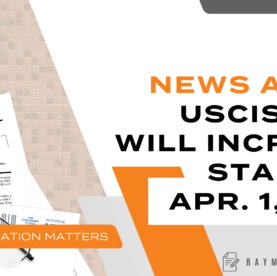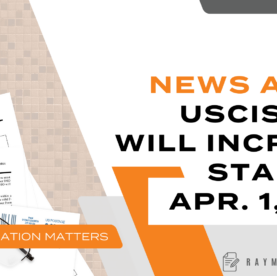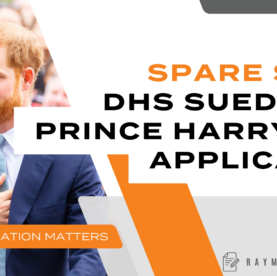Proposed New Rule Suggests Virtual Future for I-9 Verification
Under a newly proposed rule issued by Immigration and Customs Enforcement (“ICE”), employers will have more options when conducting the I-9 verification process for newly hired employees. The proposal promises to extend alternative options, including making some COVID-19-related flexibilities permanent. The proposed changes could have significant repercussions for employers and I-9 compliance practices.
The I-9 Verification Process
Form I-9, Employment Eligibility Verification, is a standardized form used by the United States Citizenship and Immigration Services (“USCIS”) for employment verification in the United States. Mandated by the Immigration Reform and Control Act of 1986, Form I-9 is used to verify the identity and legal authorization of all employees who work in the United States. During the I-9 process, the employee must give their employer documentation that proves their legal status to work in the United States. For most of its history, the I-9 process required an employer to physically examine the employee’s documentation.
COVID-19: DHS Relaxes I-9 Verification Requirements
In March 2020, the Department of Homeland Security (“DHS”) began temporarily permitting remote I-9 verification for newly hired employees, provided the forms would be physically inspected following the employee’s return to on-site work. This flexibility gave employers the option to temporarily inspect documents remotely, whether over a video link, fax, or email. The original guidance from DHS required employers and workplaces to be 100% remote to benefit from a virtual inspection of I-9 documentation. However, after the pandemic failed to subside for over a year, DHS relaxed the guidance and most recently extended this relaxed guidance until October 31, 2022.
Proposed Rule Regarding the I-9 Process
On August 18, 2022, ICE issued a notice of proposed rulemaking at 8 C.F.R. Part 274a. The proposal allows “alternative procedures” for the I-9 verification process. Specifically, the proposal “could authorize alternative options for document examination procedures with respect to some or all employers.” The proposal follows advances in technology and changes to work arrangements that took place during the COVID-19 pandemic. Recognizing more employers have adopted telework or remote work arrangements, the proposal seeks to evaluate flexibilities related to these technological advances. Changes could include virtual document verification, although the proposal specifies that measures must be in place to address possible fraudulent document detection.
DHS will accept public feedback on the proposal during a 60-day comment period. Additionally, DHS will seek feedback on several I-9 issues under consideration for the future, including training requirements for employers concerning anti-discrimination practices and, document retention requirements, as well as eligibility criteria for employers that utilize alternatives to an in-person inspection of documents.
The proposed changes could have a significant impact on I-9 procedures as employers navigate compliance issues in an increasingly virtual work environment. Clearly, as evidenced by the proposed rule, the benefits of virtual inspection initiated by the COVID-19 pandemic may be here to stay.
To learn more about this blog post, or if you have any other immigration concerns, please feel free to contact me at rglahoud@norris-law.com.





